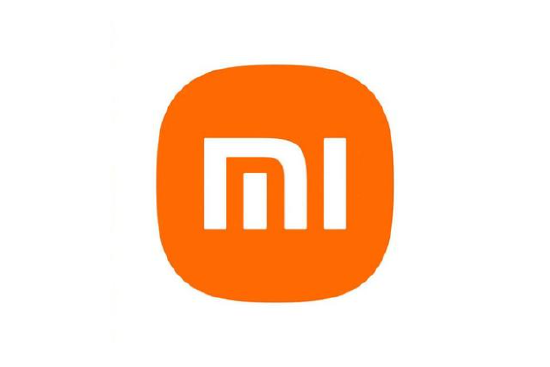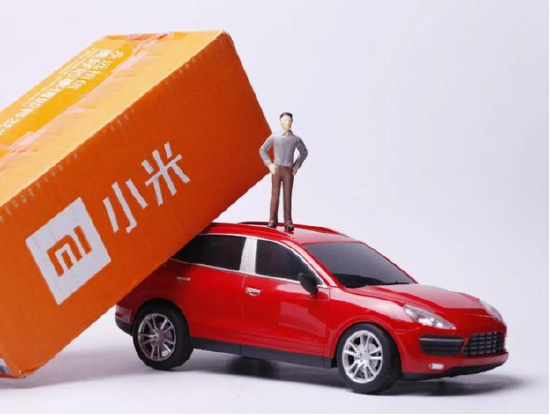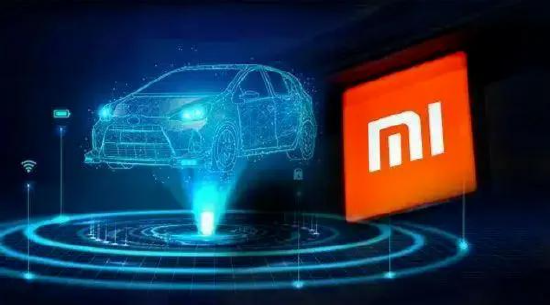On March 25, the first batch of Xiaomi car stores officially opened in 29 cities across the country, in preparation for the launch of the Xiaomi SU7 on March 28.
Since officially entering the automotive industry in March 2021, it has taken Lei Jun only 3 years to bring the SU7 to market. This speed can be described as “not the fastest, only faster.” The upcoming release of the SU7 at the Beijing Yizhuang factory is highly anticipated, with Lei Jun currently preparing for the launch event and inviting everyone to guess the price, which will be revealed on March 28th. Lei Jun recently addressed the public’s curiosity about the pricing of the SU7 on social media, explaining that the standard version far exceeds the Model 3 in terms of configuration and materials, leading to high initial procurement costs. The positioning of the Xiaomi SU7 as a mid-to-large-sized pure electric coupe, benchmarking against the Porsche Taycan Turbo and the Tesla Model 3, indicates that Lei Jun does not intend to take the low-price route. With intense competition in the automotive market and many competitors targeting the same price range, the pricing strategy for the SU7 is crucial. While a high price may lead to poor sales, a low price could result in unsustainable costs. A popular joke circulating online reflects the high expectations of the public for Xiaomi’s cars and their hope for affordable pricing.
However, Xiaomi’s car will not take the low-cost route, as stated in Lei Jun’s previous remarks. Some speculate that the starting price of the Xiaomi SU7 may be between 200,000 and 220,000 yuan (30480$), a compromise made after balancing various factors, and there are rumors that Lei Jun himself hopes the starting price will be 250,000 yuan (34630$). Why does Xiaomi’s car insist on being high-end? If Xiaomi’s car is only for making money, there is no need to take the high-end route as soon as it goes public. Among Chinese car companies, there has not been a successful precedent that started with high-end. Upon careful analysis, Xiaomi’s ultimate goal in making cars is not to compete with car companies, and the real competitors should still be their old rivals in the consumer electronics field. Currently, in the consumer electronics field represented by smartphones, Apple, Huawei, and Xiaomi are the top three. Statistics show that the high-end smartphone market above 4,000 yuan (550$) is the most profitable, and Apple, Huawei, and Xiaomi have divided the main market share. It has not been easy for Xiaomi’s phone to come this far, especially starting from the low end and then moving towards the high end, experiencing painful transformation. Now, with car manufacturing, Lei Jun knows that they cannot start from the low end again. In a previous interview, Lei Jun stated that Xiaomi’s car manufacturing strategy is “playing it safe while seeking innovation.” Can Xiaomi surpass Apple and Huawei? Xiaomi is not the first to start making cars, as Apple and Huawei not only started earlier but also moved faster. They both aim to achieve a complete “people-car-home” ecological closed loop. In 2014, Apple quietly launched the “Titan plan” to start making cars, and after ten years of secret development, they announced in 2024 that they were giving up. This news caused quite a stir, and even Lei Jun himself was somewhat surprised.
Huawei sparked a huge internal debate over whether to “make cars or not.” In the end, Mr. Ren decided “not to make cars” and instead become an incremental supplier in the field of intelligent connected vehicles, helping Chinese car manufacturers make better cars. In comparison, although Xiaomi has the weakest overall strength and the latest action, its determination is fierce and its will is more resolute. Xiaomi’s car has done what others want to do but haven’t done. From this perspective, Xiaomi’s car has more advantages for future development. In terms of current market value, revenue, and profit, Xiaomi’s size is significantly different from Apple and Huawei. If Xiaomi can make a good car, the situation may be reversed. For car manufacturing, Lei Jun’s goal is to “become one of the top 5 car manufacturers in the world through 15-20 years of effort.” Being in the global top 5 means that Xiaomi’s car must have an annual production and sales scale of at least 6 million vehicles. Referring to the operating conditions of the current global fourth-ranked STELLANTIS Group and the fifth-ranked Renault-Nissan-Mitsubishi Alliance, revenue should exceed 1 trillion yuan, and profit should exceed 100 billion yuan. In 2023, Xiaomi’s total revenue was 271 billion yuan, with a net profit of 19.3 billion yuan. If Lei Jun can achieve his expected goals, it’s like creating another 5 Xiaomis. For Xiaomi, making cars is a high-stakes gamble with no way out, but it is also a journey that must be taken.


